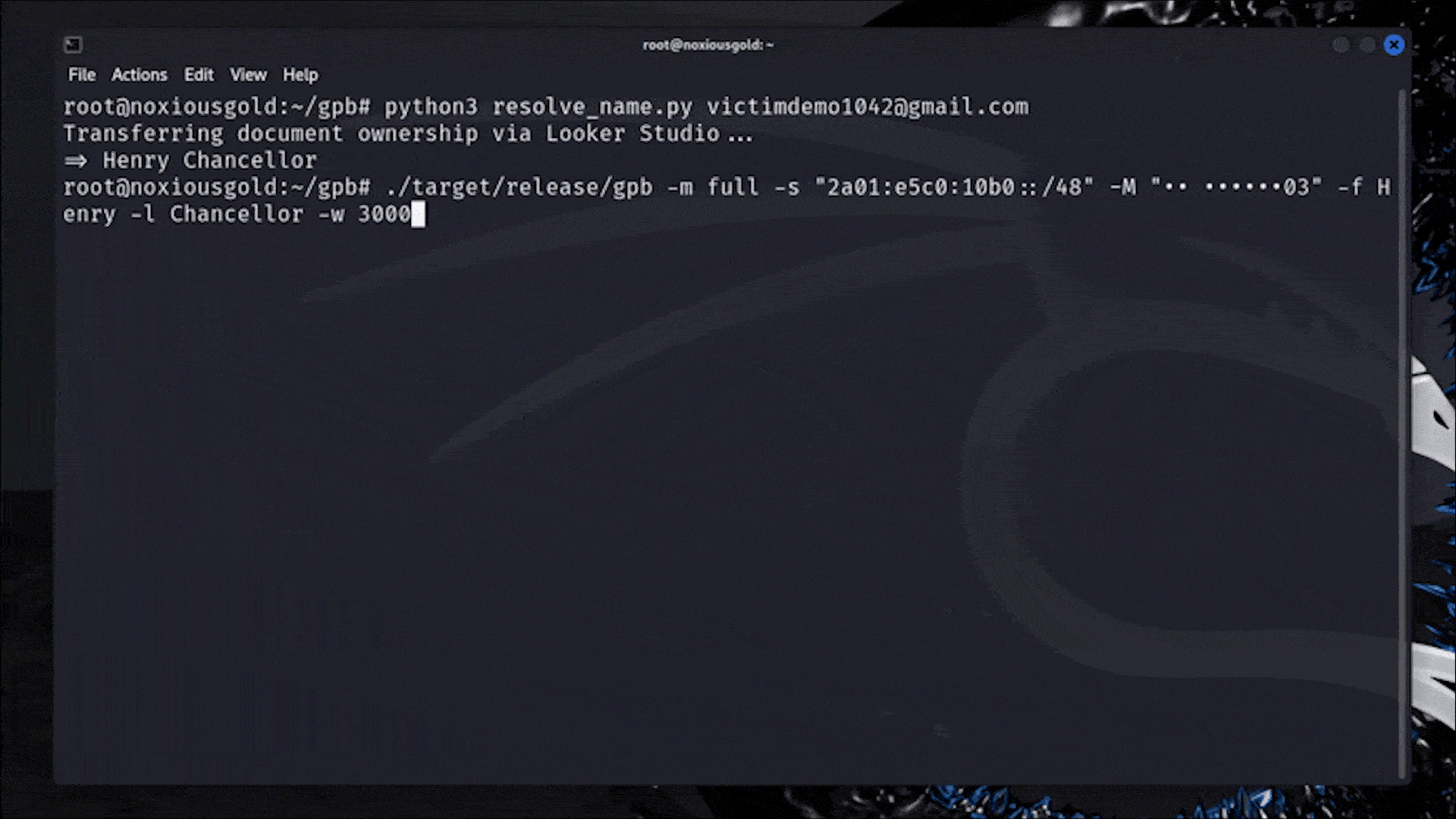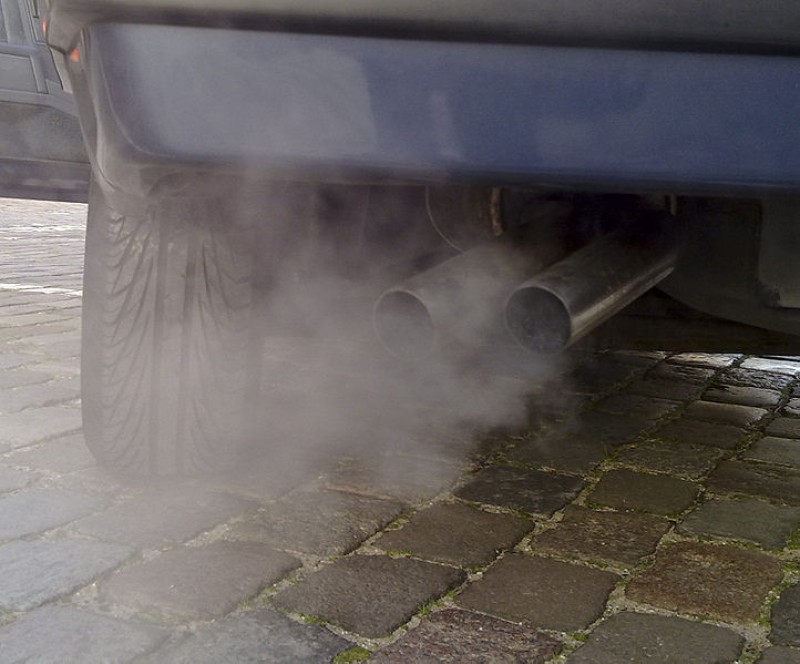The Complete History of Honda Acty: From Classic to Contemporary
-
For over four decades, the Honda Acty has served as one of Japan’s most dependable and charming kei trucks. Small in size but big in character, the Acty adapted to the changing needs of drivers — from urban couriers to off-road farmers — without ever losing its compact, functional DNA.
Whether you’re a collector, restorer, or just curious about what makes the Acty a cult favorite, this guide explores its complete history: from the classic first generation to its modern final form.
 ️ What Is the Honda Acty?
️ What Is the Honda Acty?
Introduced in 1977, the Honda Acty (short for "Activity") was built to comply with Japan’s kei-class regulations — light trucks with strict limits on size and engine displacement. It offered a practical solution for businesses, farmers, and city drivers alike, quickly becoming a staple across Japan. First Generation (1977–1988): The Original Workhorse
First Generation (1977–1988): The Original Workhorse
Chassis: TN Acty Truck and VanEngine: 545cc 2-cylinder, mid-mounted
Layout: Rear-wheel drive
Notable Traits: Compact size, impressive durability, basic interior
The first-gen Acty filled the gap left by Honda’s TN series. With its rear-mid engine layout and short overhangs, it was remarkably maneuverable — perfect for narrow alleyways and agricultural work.
 ️ Second Generation (1988–1999): Versatility Takes Over
️ Second Generation (1988–1999): Versatility Takes Over
Chassis Codes: HA1/HA2 (truck), HH1/HH2 (van)Engine: 547cc → later upgraded to 656cc E07A
Additions:
4WD
Automatic transmission
Special trims: Attack (off-road), Crawler (6-wheel variant)
This generation was the most versatile, bringing increased engine power, drivetrain options, and even more customization. The “Attack” model, with its ultra-low gearing and diff lock, became a fan-favorite for off-road tasks.
 ️ Third Generation (1999–2009): Safety Meets Simplicity
️ Third Generation (1999–2009): Safety Meets Simplicity
Engine: E07Z 656cc, fuel-injectedChassis Codes: HA6/HA7 (truck), HH5/HH6 (van)
Notable Upgrades:
Dual airbags
Power steering
Better fuel economy
Cleaner styling
The Acty became more refined in its third form. Fuel injection improved reliability, while creature comforts like power steering and optional air conditioning made daily driving more comfortable without compromising utility.
 Fourth Generation (2009–2021): The Final Act(y)
Fourth Generation (2009–2021): The Final Act(y)
Engine: E07Z, ~44 hpChassis: HA8 (2WD), HA9 (4WD)
Improvements:
Safety: Dual airbags, ABS
Tighter turning radius
NVH reduction (less cabin noise)
Special Edition: 2018 “Spirit Colour Style” (inspired by Honda T360)
This final generation stayed true to Acty’s roots while improving comfort and compliance. Unfortunately, rising safety regulations and kei vehicle market shifts led to the end of production in April 2021.
 Why Was the Honda Acty Discontinued?
Why Was the Honda Acty Discontinued?
Tightening emissions and safety standards, combined with changing market demands, led Honda to retire the Acty. While kei trucks remain popular, the cost of updating the Acty to new standards no longer made financial sense for Honda. The Acty Legacy
The Acty Legacy
Despite ending production, the Honda Acty lives on in enthusiast communities, import markets, and off-road builds. Whether you're restoring a classic or daily-driving a late-model 4WD, each Acty represents:Clever Japanese engineering
Modularity and simplicity
A connection to a unique automotive subculture
🧰 Final Thoughts
From its humble beginnings to its quiet retirement, the Honda Acty’s complete history tells a story of evolution, utility, and timeless appeal. It’s a machine that served everyone — and now finds a second life as a collectible and conversation starter around the world.
-
Adalytics finds 9,000+ pirated movies, including summer blockbusters, TV shows, and live sports on YouTube, amassing a collective 250M+ views from July to May
Technology 1
1
-
-
-
-
-
The European Commission says it is investigating Pornhub, Stripchat, XNXX, and XVideos for potential child safety Digital Services Act (DSA) violations “as a matter of priority”
Technology 1
1
-
-
Brian Eno: “The biggest problem about AI is not intrinsic to AI. It’s to do with the fact that it’s owned by the same few people”
Technology 1
1





